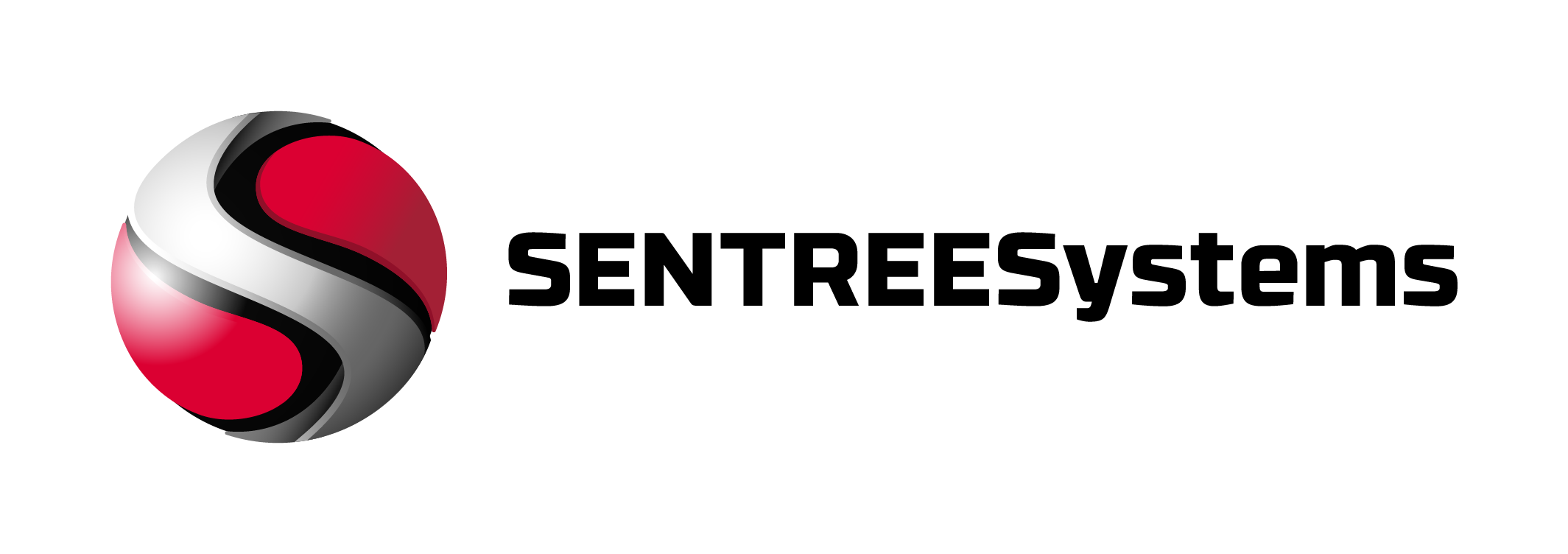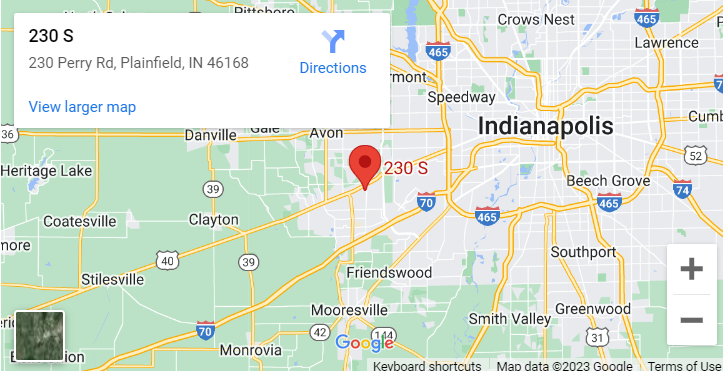Are You Ready For A Wi-Fi Network In Your Home?
One of the fastest growing segments of Internet connectivity today is Wireless Internet. Wi-Fi, or Wireless Fidelity, is Internet connectivity over dual band networks that are classified by a set of standards most commonly referred to as 802.11, 802.11a, and 802.11b. Although there are several other standards, these three are the most common at this time. Access over these types of networks is available in most major cities in the United States, and the technological standards used to define Wi-Fi access are in use in many other countries.
The 802.11 standards can be classified by several unique features, as well as the potential speed available. 802.11a and 802.11b are currently considered the two fastest wireless network standards offering uploads up to 11mbps and downloads at a brisk 54mbps. Clearly these speeds can compete with any satellite or DSL Internet offering, and many cable services are significantly slower.
Security Issues:
The convenience and ease of use of Wi-Fi connectivity also comes with several security issues. Along with the standard security concerns inherent in a wired connection, data sent and received via a wireless connection can be intercepted and received almost anywhere within a given range. With the introduction of Wired Equivalent Privacy, or WEP, encryption has become a standard security measure with almost every wireless high speed internet connection. Even with a WEP key in place the wireless data can be captured, it is simply unlikely that the information would be useful. Of course a determined hacker could eventually access the data, but this would be the exception not the rule.
A more common Wi-Fi security problem is referred to as an Evil Twin Attack. This type of attack takes place when a hacker hijacks a wireless network signal. The hijacker creates a wireless access point in their own laptop computer, basically offering a wireless network to anyone within range of their signal. The hacker then enters a popular wireless access area such as a coffee shop or mall and makes their network available. When a user tries to log into the network offered by their favorite coffee shop, it is possible they mistakenly choose the hacker’s wireless access point. This is a way a hacker can bypass many security measures often including encryption. Every packet of data sent or received via an Evil Twin is available to the hijacker. There are several security measures that can be taken to avoid an Evil Twin attack as well as other dangers. These include:
• Use WPA or WPA2 security. This configures all security keys at the router, and prevents any unencrypted data from being sent. This is often only available with a home service.
• When setting up home wireless access, rename the network from the factory preset to something unique. This will insure that the correct network is always used.
• Never log into a wireless network that does not use Secured Socket Layer (SSL) security.
• Use a smart software client that encrypts all data before it is ever sent to the Internet.
• Try to only use a wireless connection that provides Wi-Fi Protected Access (WPA). WPA further strengthens the security provided by WEP.



